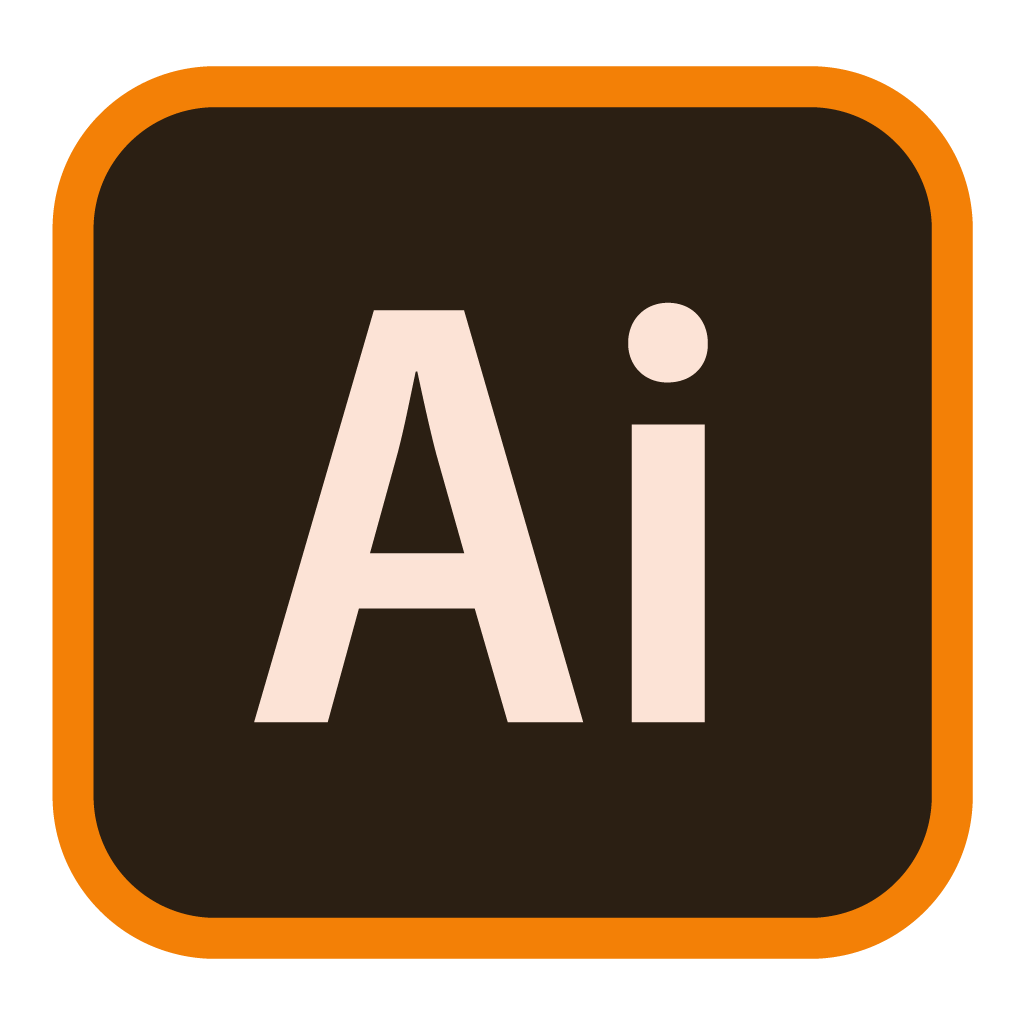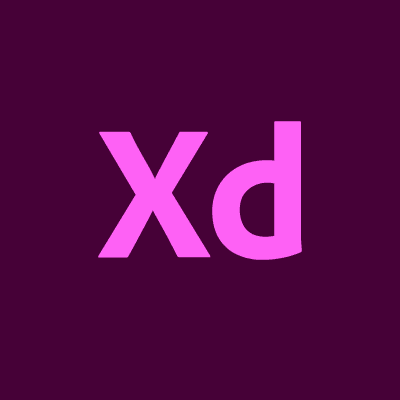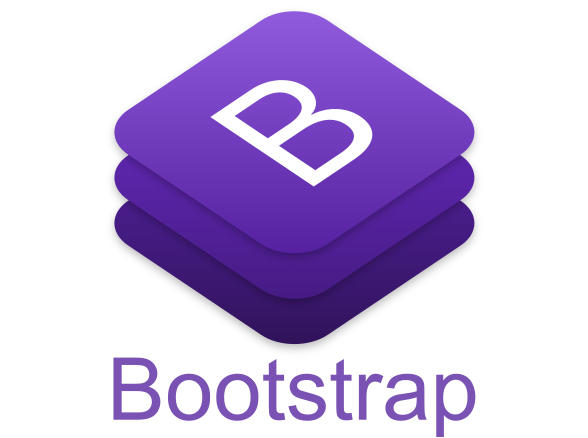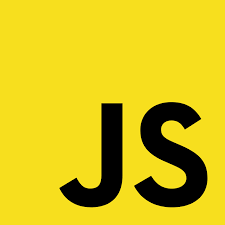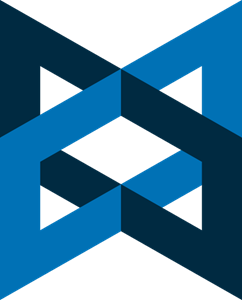Let's Discuss
Enquire NowWeb Development
We put together a dedicated team for every project and make the client the center of the development process. We understand the need for adapting to the latest technologies & trends and make use of these cutting-edge technologies to offer you the best asset for your business.
Custom Web Application
Dexlock develops fully functional custom-built web-based applications based on client requirements. We offer extreme scalability, performance, and compatibility in browsers and platforms. We also work with various databases and APIs that help in the implementation of scaling and integration with other services.
Progressive Web Applications
Progressive web apps are regular web applications that use modern web technology to provide app-like experiences within browsers, so users can access them without downloading a mobile app. We follow a dynamic and analytical approach that combines the latest technology to bring the best custom PWA to your business.
E-commerce Web Applications
An e-commerce web application is a complicated system that handles orders, payments, shipping, inventory, taxes, reports, coupons, and much more. We use the industry's best open source solutions and formulate strategies to deliver custom e-commerce solutions across industry verticals that enable businesses to register increased traffic and sales.
Website
If you plan to create a website that matches your business requirements and gain a competitive advantage over your competitors in your business industry, we can do it. Our expert team of in-house project managers, designers, and developers uses the latest web technologies to build tailor-made solutions
UI & UX
User interface (UI) design and user experience (UX) design are so closely associated that many people get confused. The user interface considers all the visual and interactive elements of a technology interface, while user experience encompasses all aspects of the end-users interaction with the technology.
Illustrator
Adobe Illustrator is a professional vector-based design and drawing program. Designers use Illustrator to create posters, symbols, logos, patterns, icons, etc. Vectors are points used to create perfectly smooth lines and are scalable images that can be categorized as small or as large, but look the same when it comes to clarity and resolution..
Photoshop
Photoshop is raster-based and uses pixels to create images. It is designed for editing and creating photos or raster-based art. Photoshop is known to build interface designs, web pages, banner ads, video graphics, and the original use of editing and creating images for print. One of the prime advantages of using Adobe Photoshop is its ability to create multiple layers that can be altered independently of each other.
Adobe XD
Adobe XD is a vector-based user experience design tool for web apps and mobile apps. Adobe XD features are used for creating wireframes, prototypes, and screen designs for digital products that look and feel like the real thing.
Figma
Figma is a vector graphics editor and browser-based prototyping tool, it also has a desktop version for both Windows and Mac OS. It gives all the tools one needs for the design phase of the project, including vector tools that are capable of fully-fledged illustration and prototyping capabilities.
Backend
Backend development, also known as server-side development is everything that communicates between the DB's and the browser. The backend of a website is a combination of servers, applications, and DB's. Backend developers help browsers communicate with the databases to store, update and delete the data from the DB's. A backend developer makes use of required technologies for building the structure of a software application.
Dropwizard
Dropwizard is an open-source Java framework used for the fast development of high-performance RESTful web services. Dropwizard pulls together stable and mature libraries from the Java ecosystem into a simple, lightweight package that lets you focus on getting things done. Dropwizard has support for monitoring using the metrics library. It provides unparalleled insight into what our code does in production.
Play
Play is an open-source web application framework that follows the model–view–controller architectural pattern. It makes it easy to build web applications with Java & Scala and is based on a lightweight, stateless, web-friendly architecture. Play embraces a full reactive programming model through the use of futures for asynchronous programming, work-stealing for maximizing available threads, and Akka for distribution of work
Vertx
Vert. x is a polyglot web framework that shares common functionalities among its supported languages Java, Kotlin, Scala, Ruby, and Javascript. Vert. x operates on the Java Virtual Machine (JVM) regardless of the language. It is pretty simple to work with, and an HTTP server can be brought up with a few lines of code.
Django
Django is a Python-based free and open-source web framework that follows the model–template–views architectural pattern. It can work with any client-side framework and can deliver content in almost any format. Django has an admin panel, which is easier to work with than in Laravel or Yii. Additionally, Django provides a dynamic CRUD interface, configured with admin models and generated via introspection.
Flask
Flask is a micro web framework written in Python. It is classified as a microframework because it does not require particular tools or libraries. It has no database abstraction layer, form validation, or any other components where pre-existing third-party libraries provide common functions.
Rails
Rails is a server-side web application framework written in Ruby. It is a model–view–controller (MVC) framework that provides default structures to a database, web service, and web pages. A key principle of Rails development is convention over configuration, this means that a programmer does not have to spend a lot of time configuring files to get set up.
Express
Express.js, or simply Express, is a free and open-source back-end web application framework for Node.js. It is designed for building web applications and APIs which allows to set up middlewares to respond to HTTP Requests. It integrates with "view" rendering engines to generate responses by inserting data into templates.
Frontend
Frontend web development, also known as client-side development, is the practice of converting data to a graphical interface through the use of HTML, CSS, and JavaScript. Frontend developers must see that the website or web application is usable across different devices and works on multiple browsers.
CSS
It is a combination of Hypertext and Markup language that is used to design the front-end portion of web pages. Hypertext defines the link between web pages and a markup language is used to define the text documentation within the tag which defines the structure of web pages. CSS is an acronym for Cascading Style Sheets. CSS is a web-based markup language used to describe the aesthetic look and format of a website to the browser.
Bootstrap
Bootstrap is a flexible and powerful front-end framework for faster and easier web development. Bootstrap includes HTML and CSS-based design templates and also makes front-end web development faster and easier. It comes with so many inbuilt CSS classes for the design of UI and JS to make the webpages interactive.
JavaScript
JavaScript is a lightweight, interpreted, a text-based programming language used both on the client-side and server-side that allows one to make web pages interactive. JavaScript can update and change both HTML and CSS. JavaScript is also used beyond the web in software, servers, and embedded hardware controls.
AngularJS
AngularJS is a structural framework for dynamic web applications. It extends the ability of HTML by adding built-in attributes and components and also provides an ability to generate custom attributes using simple JavaScript. AngularJS is perfect for Single Page Applications (SPAs).
ReactJS
React is a declarative, efficient, and flexible JavaScript library for building user interfaces or UI components. ReactJS is an open-source, component-based front-end library responsible only for the view layer of the application. It uses VDOM, which makes the web applications run much quicker than those developed with other front-end frameworks.
NextJS
Next.js is an open-source development framework built on top of Node.js. It helps build server-side rendering and static web applications using React. One doesn’t need any configuration of webpack or anything similar to start using Next.js as it comes with its configuration.
VueJS
Vue.js is an open-source progressive framework for JavaScript to build user interfaces and single-page applications. The HTML extension and the JS base rapidly made Vue a favored front-end tool. Every piece of the future application/web page in Vue is a component. Components can be written in HTML, CSS, and JavaScript without dividing them into distinct files.
EmberJS
Ember.js is an open-source, JavaScript client-side framework used for developing web applications. It grants building client-side JavaScript applications by providing a complete solution that contains data management and an application flow. Developers can create scalable single-page web applications by incorporating common idioms and patterns from other single-page-app ecosystem patterns into the framework.
BackboneJS
Backbone.js is a JavaScript library with a RESTful JSON interface based on the model–view–controller application design paradigm. Backbone is known for being lightweight, it gives structure to web applications by providing models with key-value binding and custom events.
jQuery
jQuery is an open-source JavaScript library that simplifies the interactions between an HTML/CSS document. The purpose of jQuery is to make it easier to use JavaScript on the website. jQuery takes a lot of the frequent tasks that require numerous lines of JavaScript code to execute and wraps them into methods that you can call with a single line of code.
TypeScript
TypeScript is a superset of the JavaScript language that has a single open-source compiler. TypeScript is designed for the development of large applications and transcompiles to JavaScript. It catches errors at compile-time so that one can fix them before code is run. It supports object-oriented programming features like data types, classes, enums, etc., allowing JavaScript to be used at scale.
